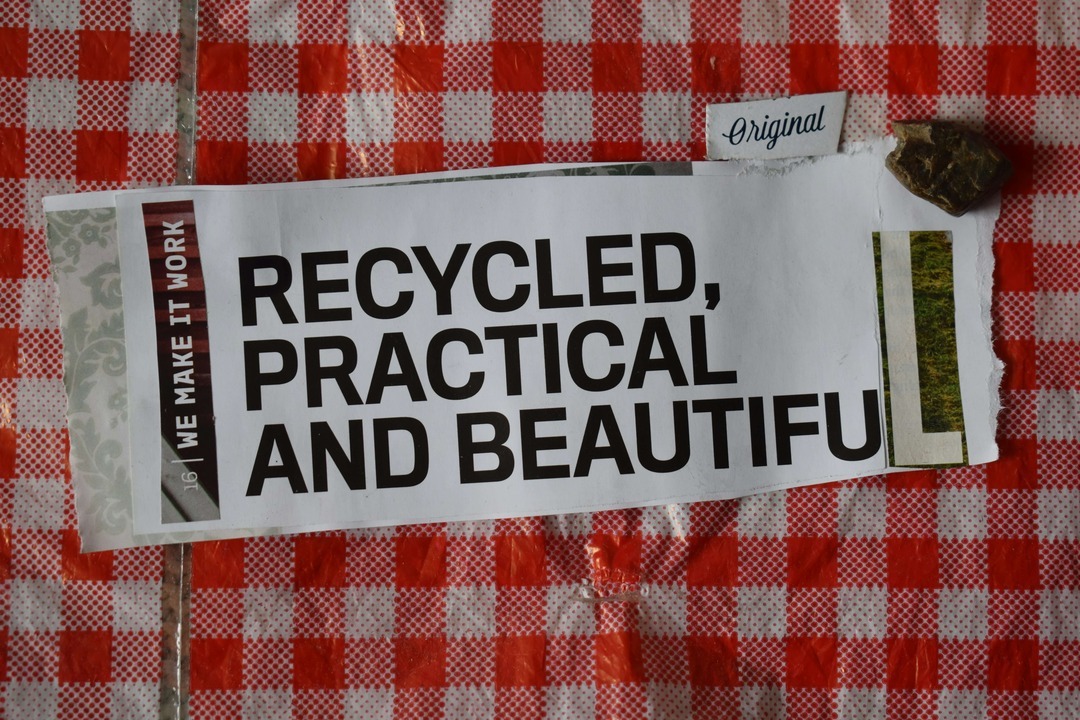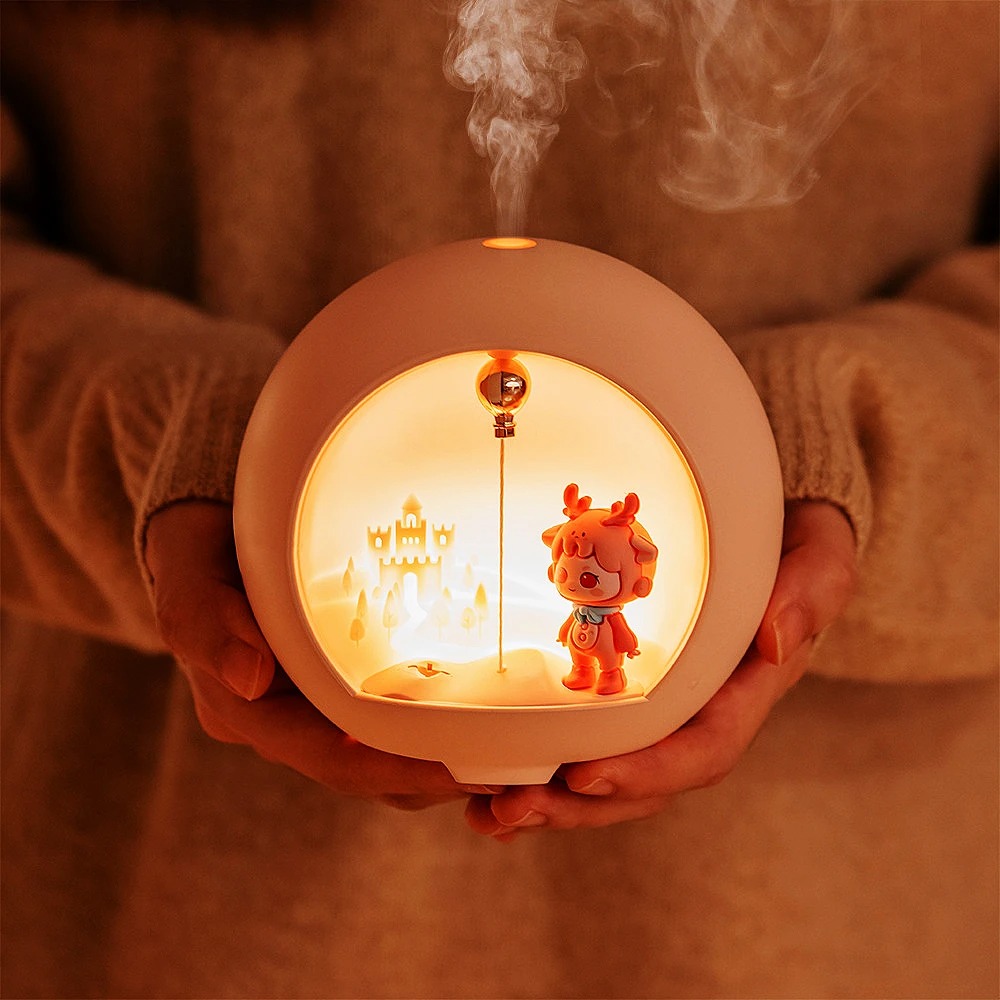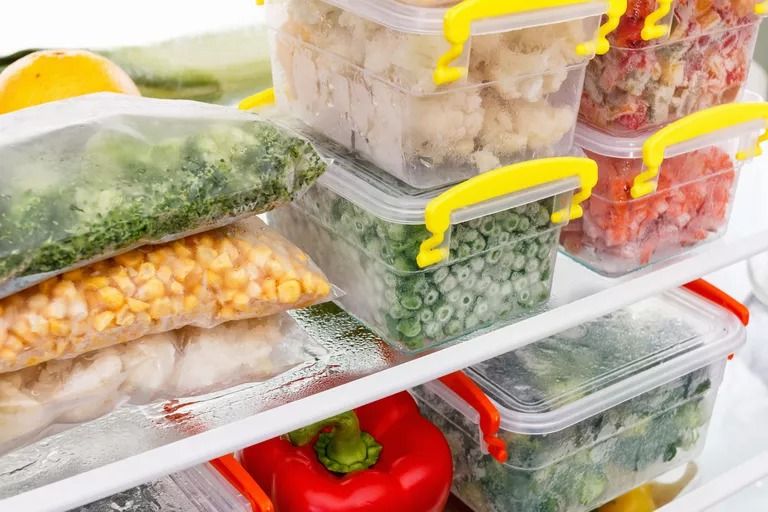
Frozen food lasts indefinitely, according to Foodsafety.gov. But does that mean the raw chicken you bought on sale and froze will taste as good a year from now as it will three weeks from now? No. You can cook up that chicken a year later and it won’t harm you, but it’s taste and texture will be diminished.
The key is knowing when frozen food starts to lose quality and making sure that everything is marked when it goes into the freezer. There isn’t a magic number of days for each food, but there are general guidelines to follow. We followed Foodsafety.gov’s recommendations unless otherwise noted.
Raw Meat
- Ground beef, turkey, veal, pork and lamb: For best flavor and texture, these ground meats are best used within three or four months of being frozen.
- Steaks, chops and roasts: These cuts of beef, veal, lamb or pork can be frozen for six to 12 months before losing quality. Chops of these meats start to lose quality after four to six months and whole roasts are best used within four to 12 months. These are some wide windows, so check for freezer burn and other signs of quality deterioration periodically. (More on freezer burn below.)
- Poultry: Whole birds can keep their quality for up to a year; pieces of birds keep their quality for up to nine months.
- Fish: For optimum quality, fatty fish (salmon, tuna) should be consumed with two to three months. Lean fish (cod, flounder) should be consumed within six months, according to Real Simple.
Fruits and Vegetables
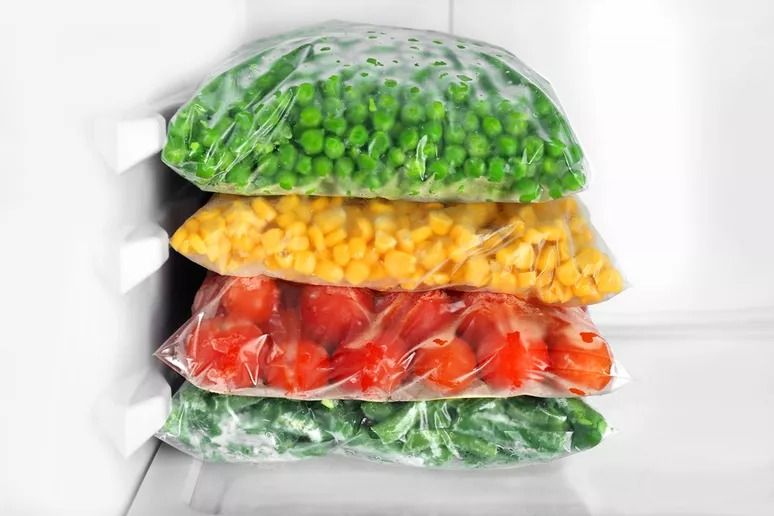
You can freeze most vegetables and non-citrus fruits for about eight to 12 months, according to the National Center for Home Food Preservation. (You can freeze citrus, too, but you need to take some extra steps.) Vegetables will benefit from blanching before you freeze them. That point of that process — basically shocking them briefly in boiling water — is to stop the enzyme process, which affects nutrient levels and the appearance of your veggies.
Soups, Stews, Chili and Casseroles
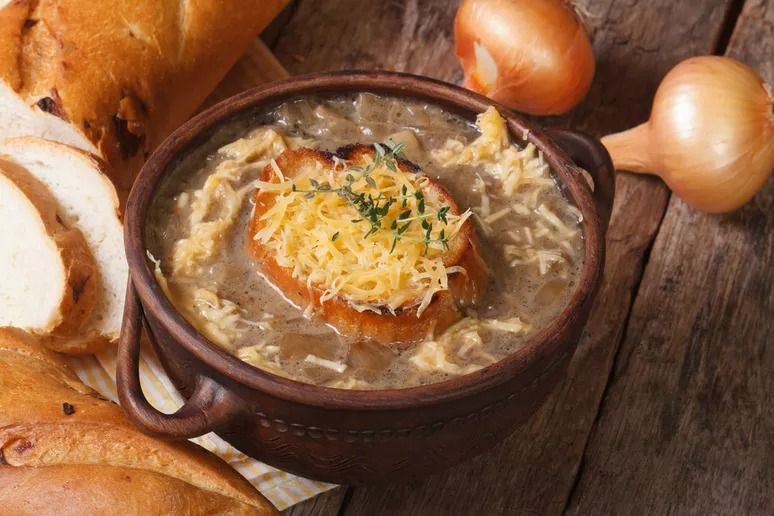
Soups, stews, chili and casseroles that have vegetables, meats, grains, pasta or cheese will keep their quality for two to three months in the freezer. This stands whether they are newly purchased or freshly made and frozen.
Other Leftovers
- Cooked meat or poultry: Eat within two to six months for optimum quality.
- Pizza: Don’t leave leftover pizza in the freezer for more than one or two months if you want it to taste its best.
- Chicken nuggets or patties: Use them within one to three months or they’ll start to lose flavor and texture.
- Waffles, pancakes and French toast: These breakfast staples can be frozen for up to a month and they will still hold their quality, according to Betty Crocker.
Signs of Freezer Burn
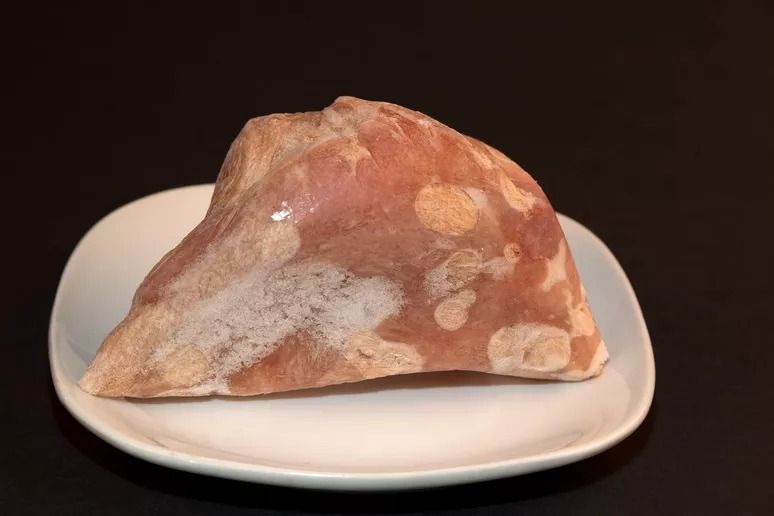
Freezer burn happens when food loses water molecules. The molecules form ice crystals and the crystals move to the coldest area of the freezer, according to Symptom Find. The frost that builds up on the walls of a freezer is the water molecules that have traveled from food.
However, seeing small ice crystals isn’t necessarily a problem, according to North Dakota State University’s Food Freezing Guide. The formation of small ice crystals during freezing is desirable. “Fast freezing is the most practical way to form small ice crystals. Large ice crystals associated with slow freezing tend to rupture the cells, causing an undesirable texture change.”
Those large crystals are when food gets freezer burn; it changes color and dries out, losing quality. It’s still safe to eat, but it will have a lower quality taste and texture. When too much air stays in the packaging of a frozen item, that can also cause it to lose quality, so work quickly when you are putting food away.
How to Prevent Freezer Burn
- Package your items tightly so they stay moist and away from oxygen. Use freezer wrap and bags and containers specifically made for the freezer.
- Don’t overload the freezer. “Add only the amount that will freeze within 24 hours. This is usually 2 or 3 pounds of food per cubic foot of storage space. Overloading slows down the freezing rate, and foods that freeze too slowly may lose their quality,” according to the Food Freezing Guide.
- Vacuum seal foods if possible or make sure to draw as much air out of the packaging before you place them in the freezer.
- The longer food is in the freezer, the more susceptible to freezer burn it becomes. Label your foods in the freezer with the date they went in and a best by date, and plan your meals accordingly. When it comes to thaw out food, let it thaw in the fridge, not at room temperature, which is a too-good opportunity for microorganisms to grow.
